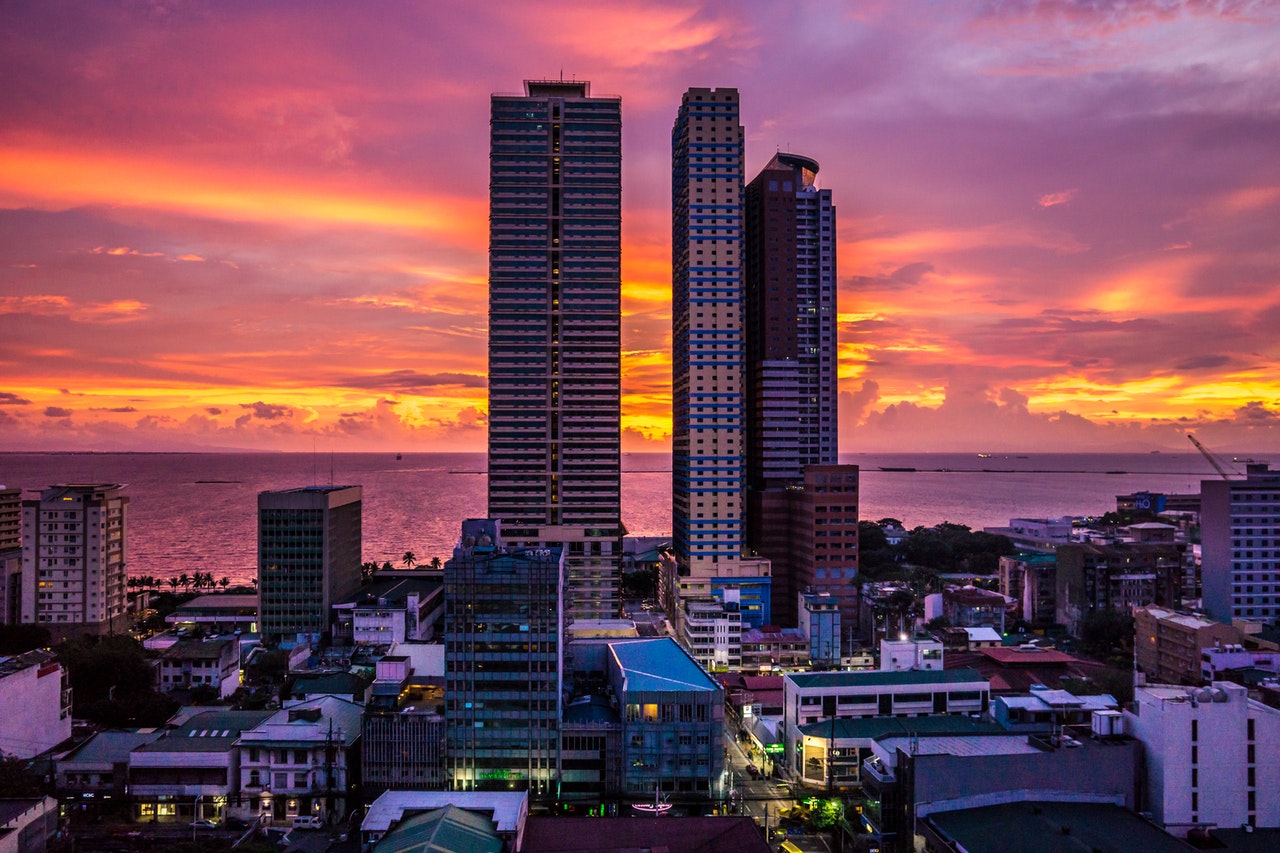Increased urbanization, an influx of multinational corporations setting up shop, and the establishment of BPOs in support of international conglomerates, have all contributed to the continued rise of the Philippine real estate market, which has seen steady growth despite the COVID-19 pandemic.
A Rising Tide of Real Estate Interest
This means that Cavite, which is part of the Greater Manila Area, is seeing real estate prices that are comparable to –if not better than –prices in the Central Business Districts of Makati or BGC (Bonifacio Global City). In fact, prices for house and lot in the Cavite area, along with commercial buildings and properties, have seen healthy growth from 2018 to 2020, with experts projecting an upward trend lasting all the way to 2025.
This is good news for both buyers and investors: a strong surge in interest in Cavite real estate means that both parties can invest small and earn big. As Cavite is slowly folded and incorporated into the planned Mega Manila region, properties are only bound to increase in value, which is great for investors, but also great for homeowners, as the latter will be buying a property in an area that is forecast to see extensive urbanization in the coming years.
Direct Links to Metro Manila
One of the main reasons interest in Cavite properties is surging is because of the many public works projects currently ongoing. These include the CALAX (the Cavite-Laguna Expressway), the LRT extension program (which will connect Cavite City to the extensive urban train system), and the expansion of the Sangley International Airport.
The Cavite-Laguna Expressway is a 4-lane, 45.29-kilometer expressway that will create a commute corridor between the South Luzon Expressway, Laguna, Kawit, and Bacoor. This is expected to boost economic growth and investments in the area as they become inter-connected and easier to reach via land transportation, not to mention encourage the establishment of the headquarters of multinationals.
Meanwhile, the LRT extension program involves two phases: extending the current LRT-1 line to terminate in Cavite City, and the creation of the LRT 6 line, which is a network of 9 train stations stretching from Cavite City, Niog, Bacoor and all the way to Governor’s Drive in Dasmariñas City. All in all, a total of 17 stations are planned out across Cavite, cutting travel time between the province and Manila to around 25 minutes from the original two hours.
Finally, the expansion of the Sangley International Airport in Sangley Point, Cavite City is expected to become a major alternative to the current Ninoy Aquino International Airport. Sangley International Airport is currently operational and serving military and cargo operations, with commercial airlines and further operational expansion expected to grow over the next few years.

Becoming a Major Real Estate Hub
All of these contribute to Cavite becoming the next big major real estate hub not just in the Greater Manila Area or South Luzon, but the Philippines in general. Already, major commercial developers are working with housing and condominium builders to reshape Cavite into a global city, one that has world-class commercial districts alongside premium suburban developments and low-cost housing.
With the world slowly recovering from 2020’s disastrous COVID-19 pandemic, Cavite is poised to become a real estate powerhouse in the country that will create an influx of economic opportunities for residents of Cavite and lucrative investment opportunities for real estate developers.
International analysts and experts predict a very healthy growth of the Philippine real estate market beginning in 2020 and continuing throughout the decade, with Cavite becoming integral to this upward turn of events for the real estate situation in the country.

